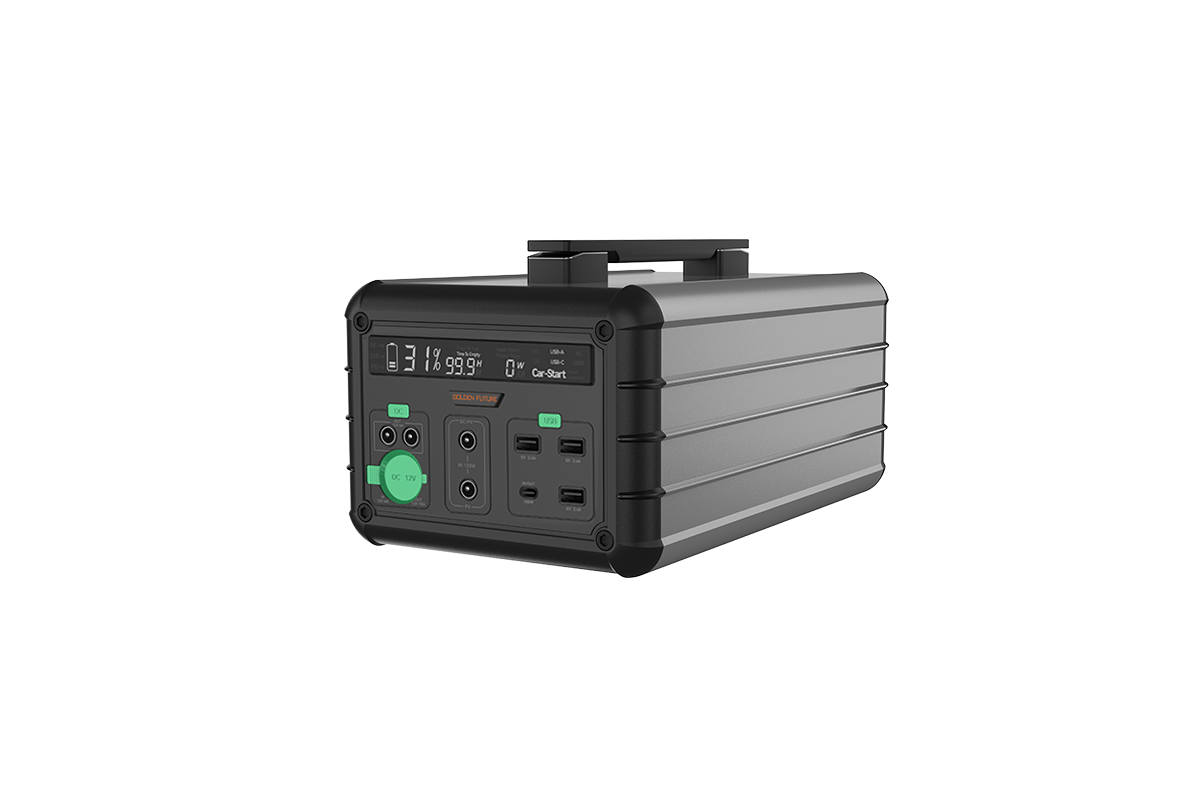

Time:2025-07-10 Views:1

On the power generation side, electrochemical energy storage batteries play a crucial and multi - faceted role in modern power systems. One of the primary applications is in smoothing the intermittent power output of renewable energy sources such as solar and wind power. Solar panels generate electricity only during daylight hours, and their output is affected by weather conditions like cloud cover. Wind turbines rely on wind speed, which is inherently variable. Electrochemical energy storage batteries can store the excess electricity generated during peak production periods (e.g., sunny mid - days for solar or windy days for wind) and release it when production is low or demand is high.
For example, in a large - scale solar power plant, during the morning when the sun is shining brightly, the solar panels may produce more electricity than the grid can immediately absorb. The electrochemical energy storage system steps in to store this surplus power. As the sun begins to set and solar power generation declines, the stored energy in the batteries is discharged back into the grid, ensuring a stable and continuous power supply. This not only improves the reliability of renewable energy integration but also helps in meeting the grid's power demand - supply balance requirements.
Another important application is frequency regulation. The power grid requires a stable frequency (e.g., 50 Hz or 60 Hz depending on the region) to function properly. Sudden changes in power generation or consumption can cause fluctuations in the grid frequency. Electrochemical energy storage batteries can quickly respond to these frequency changes. When the frequency drops, the batteries release power into the grid to increase the power supply and raise the frequency back to the normal range. Conversely, when the frequency is too high, the batteries absorb excess power, helping to stabilize the grid.
In addition, electrochemical energy storage batteries can also be used for load following on the power generation side. Power plants need to adjust their output according to the changing electricity demand throughout the day. Instead of constantly ramping up and down the output of large - scale power generation units (such as thermal power plants), which can be inefficient and cause wear and tear, energy storage systems can buffer these changes. They store power during periods of low demand and supply it during peak demand, allowing power plants to operate more efficiently at a relatively stable output level.
Read recommendations:
Lead-Acid Batteries for Residential Photovoltaic Energy Storage